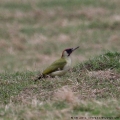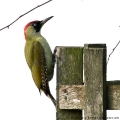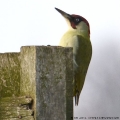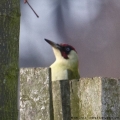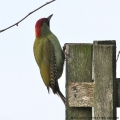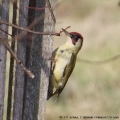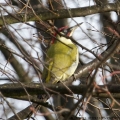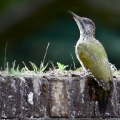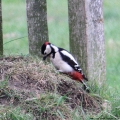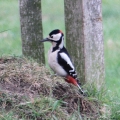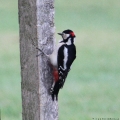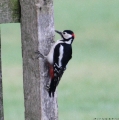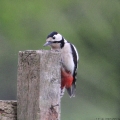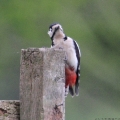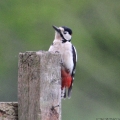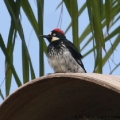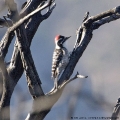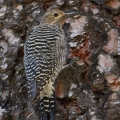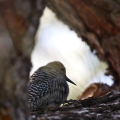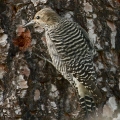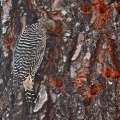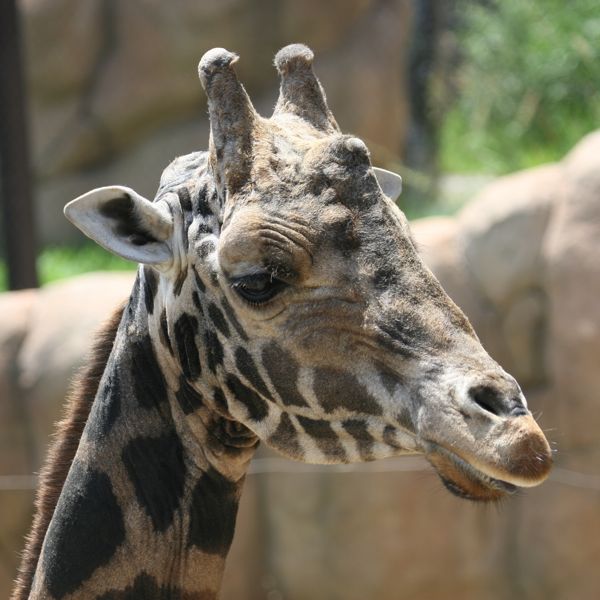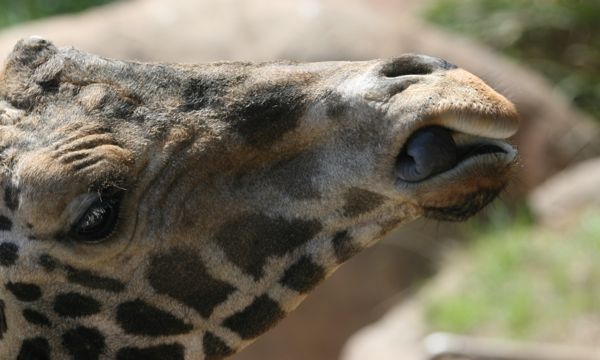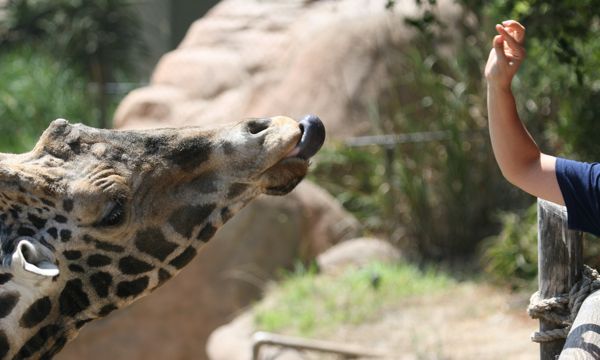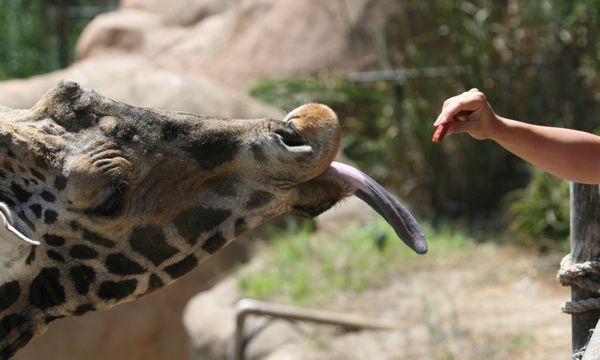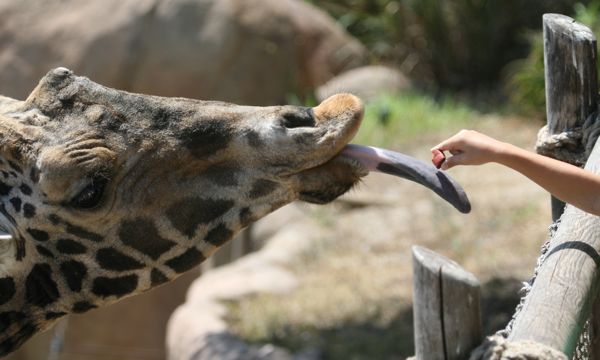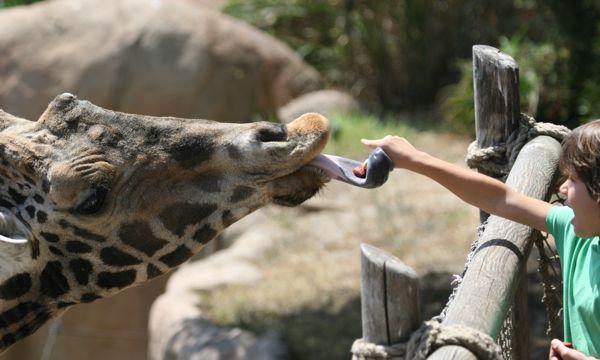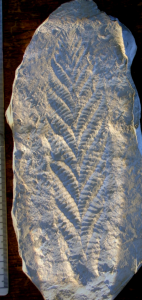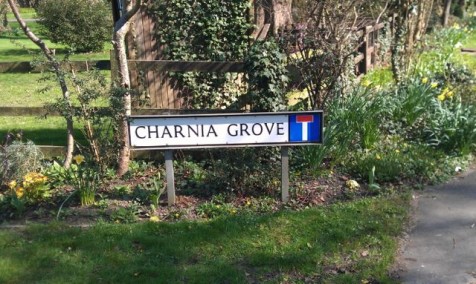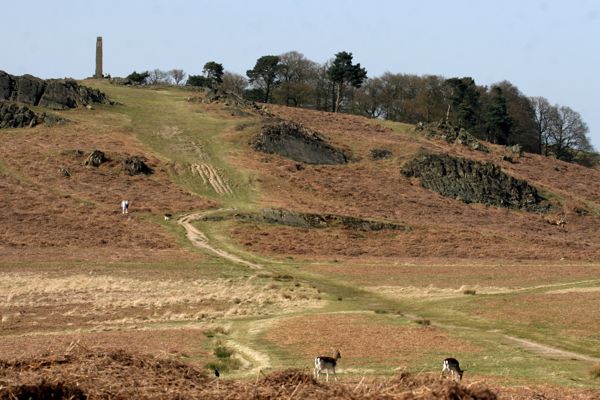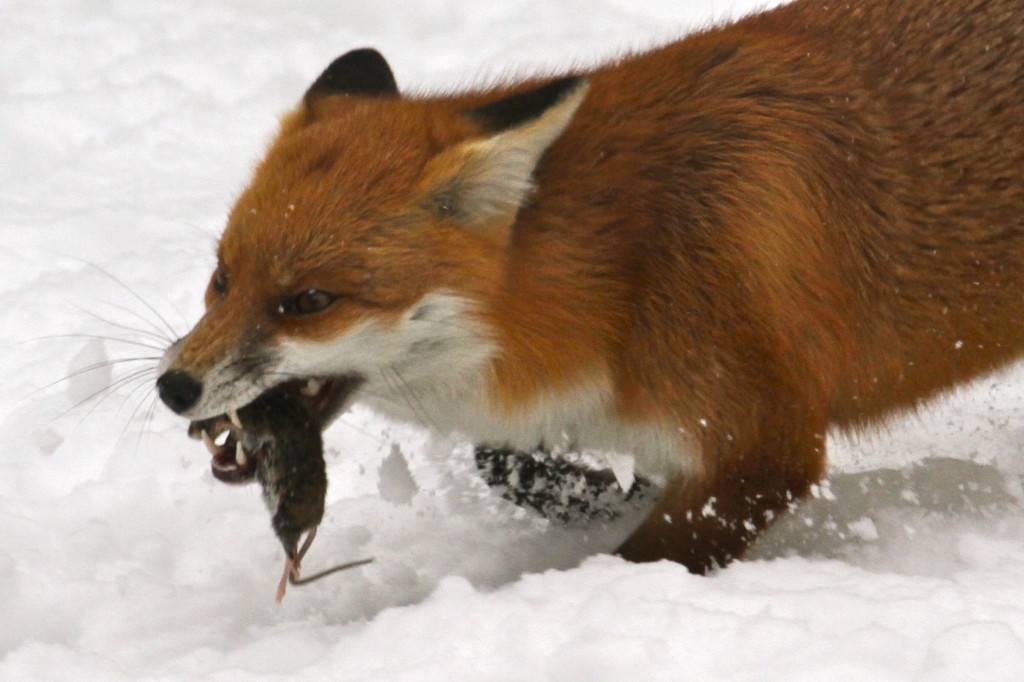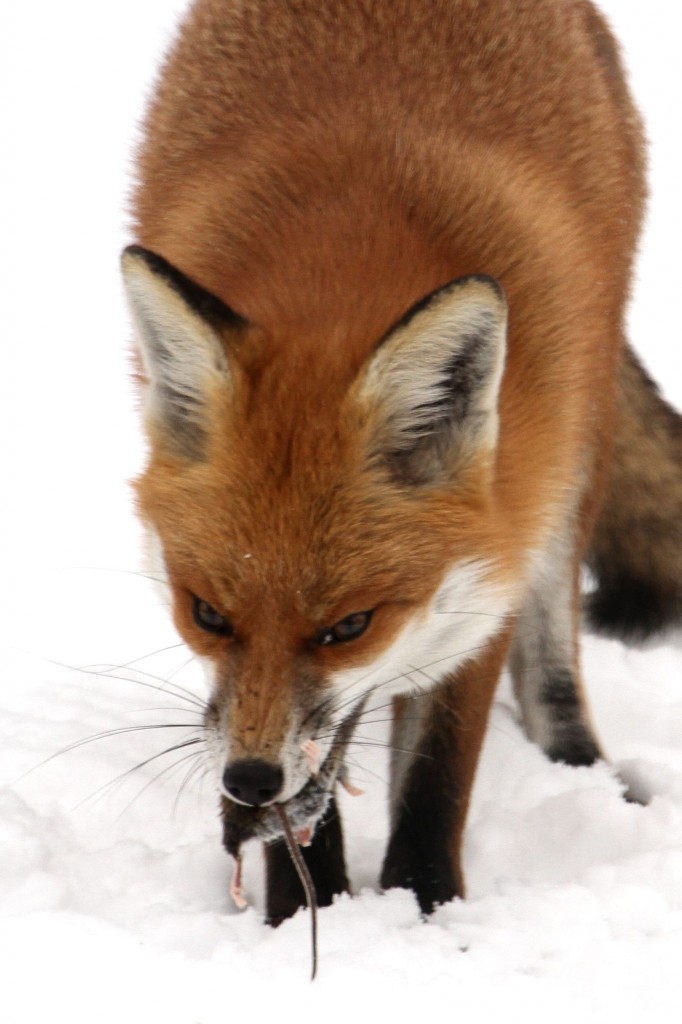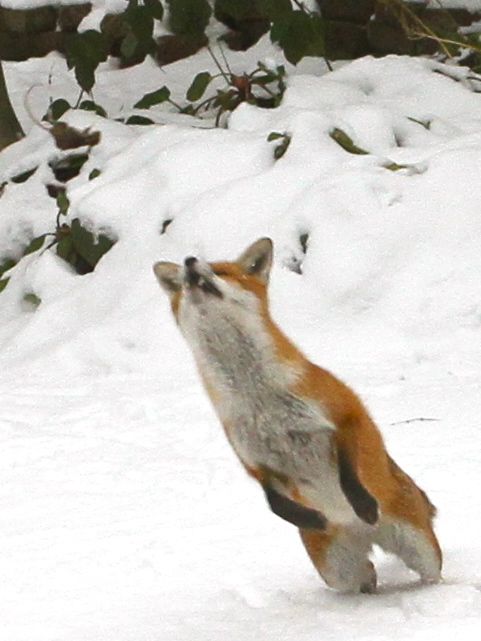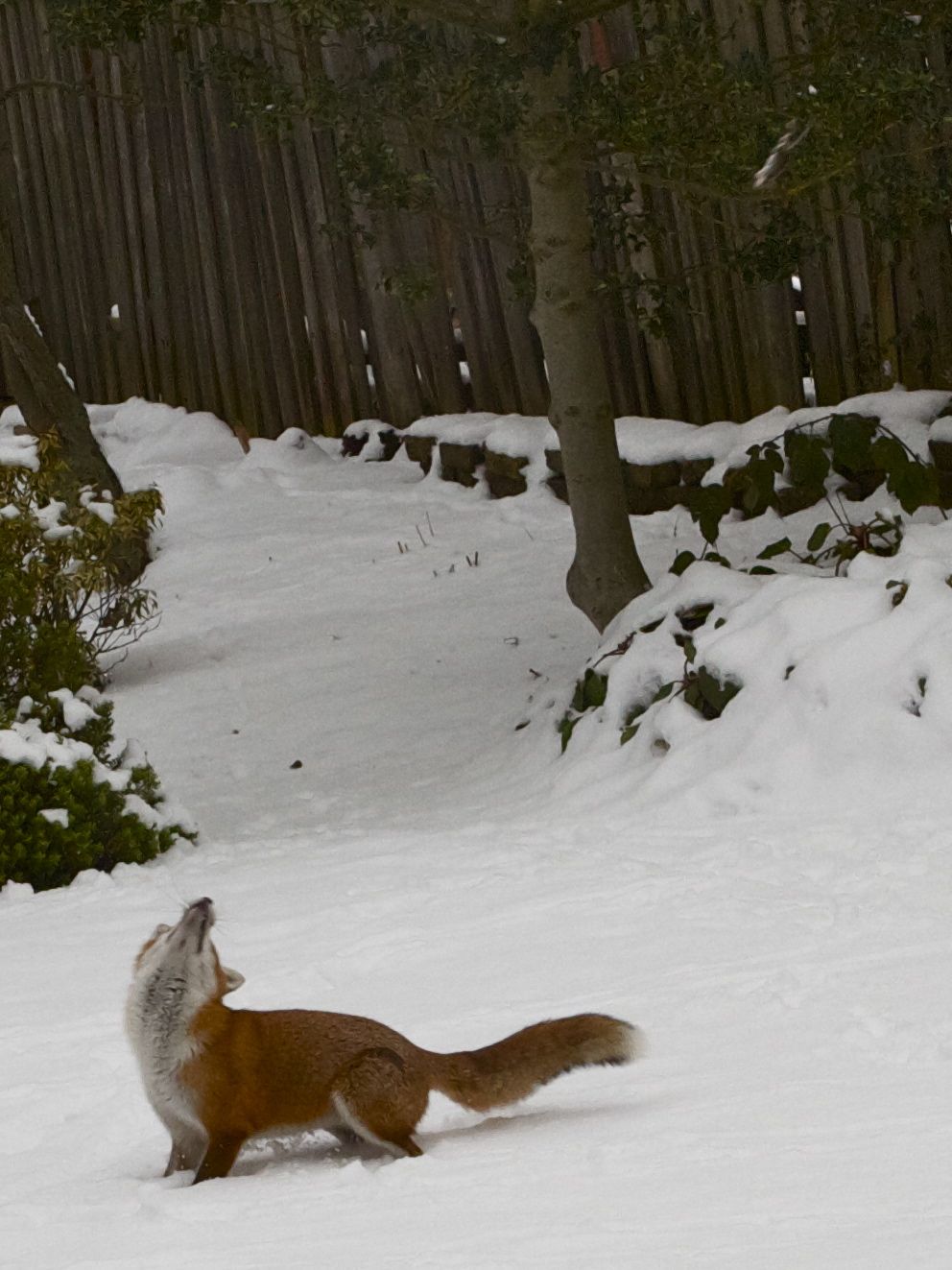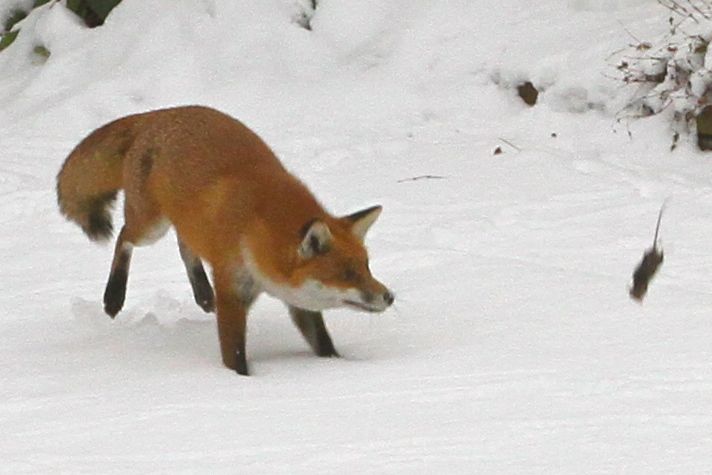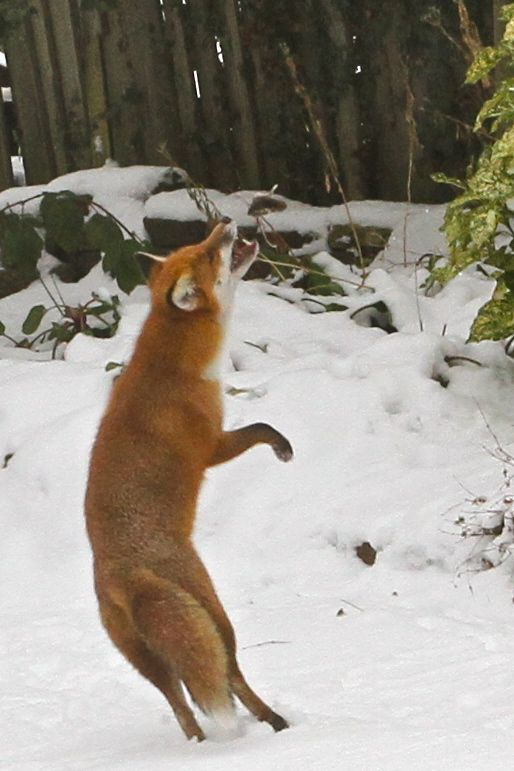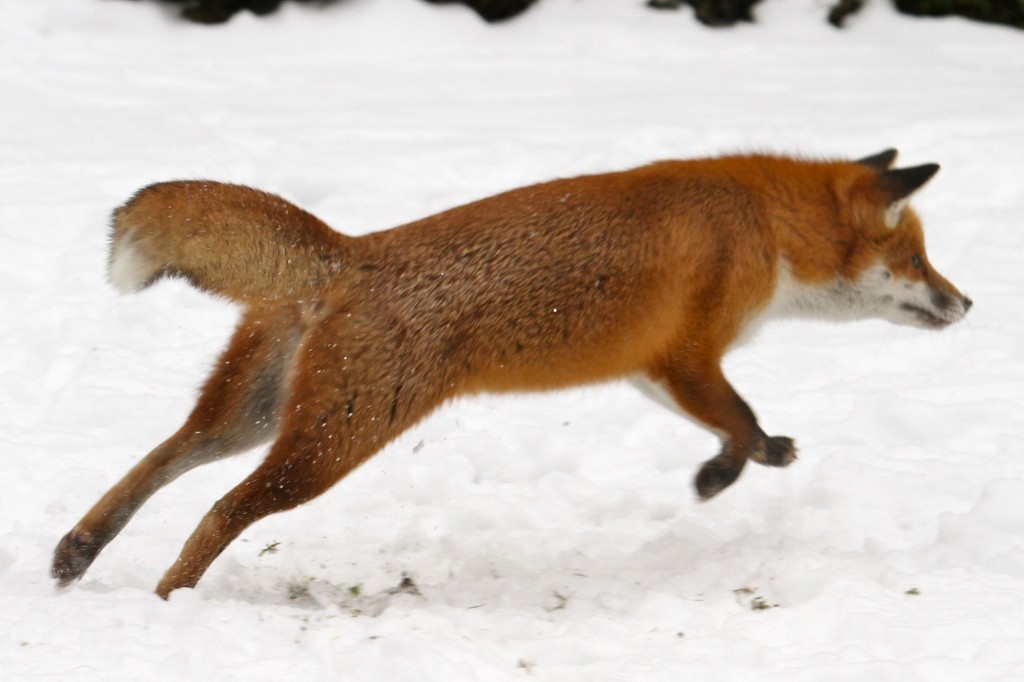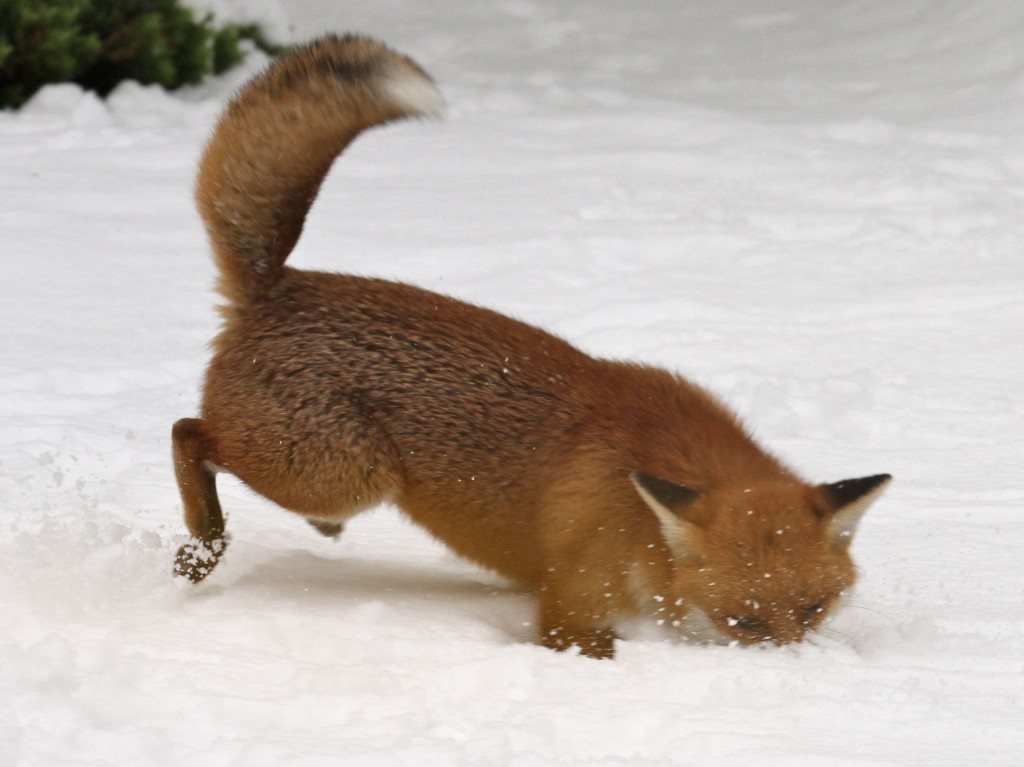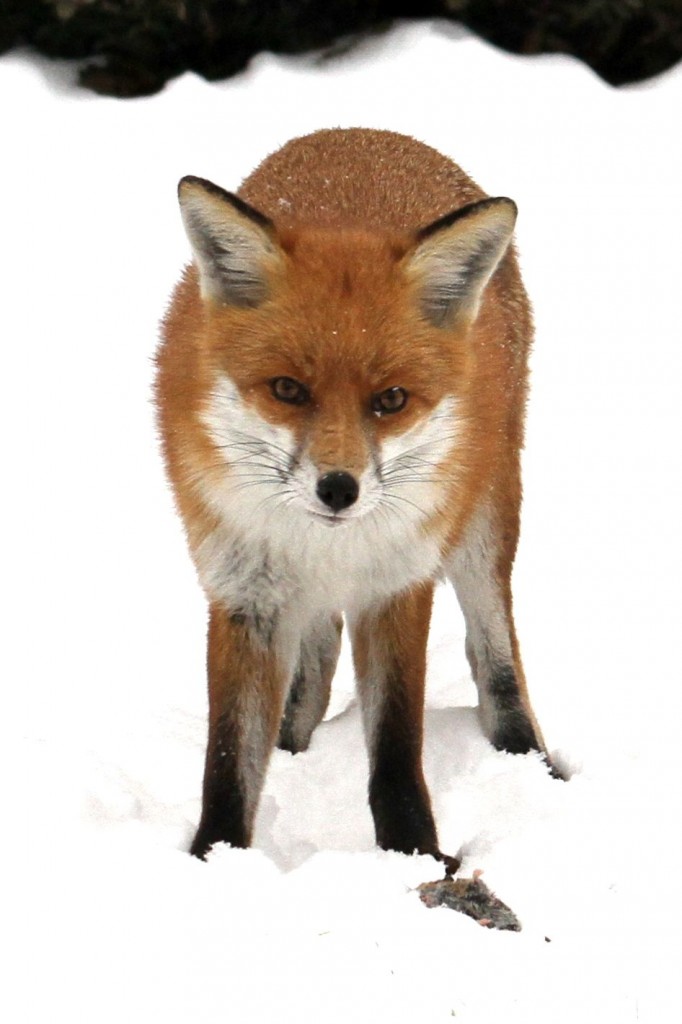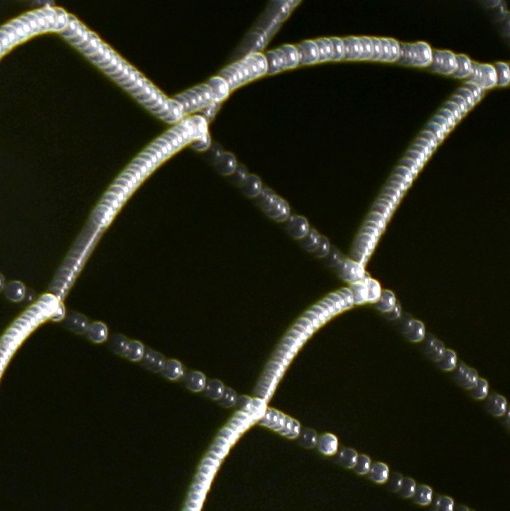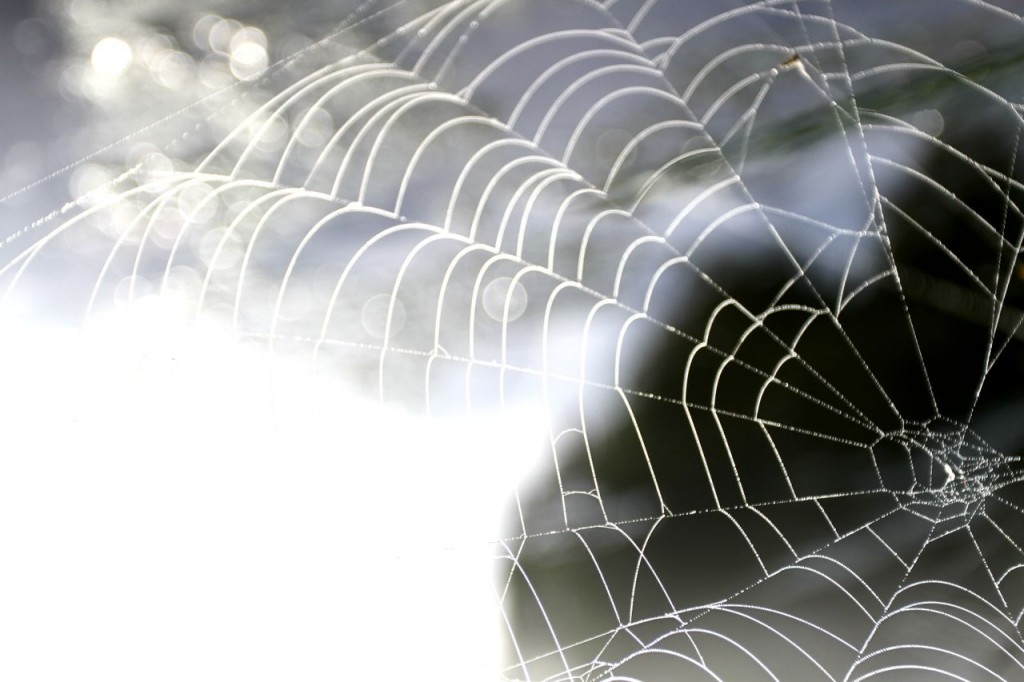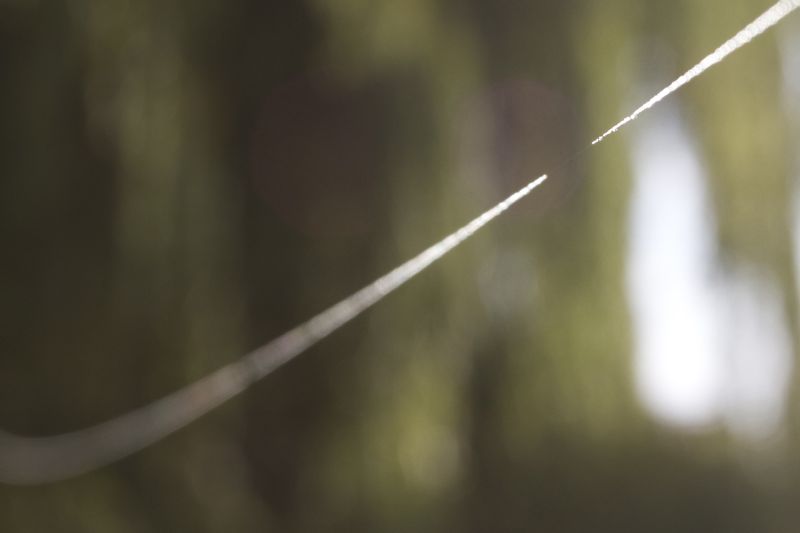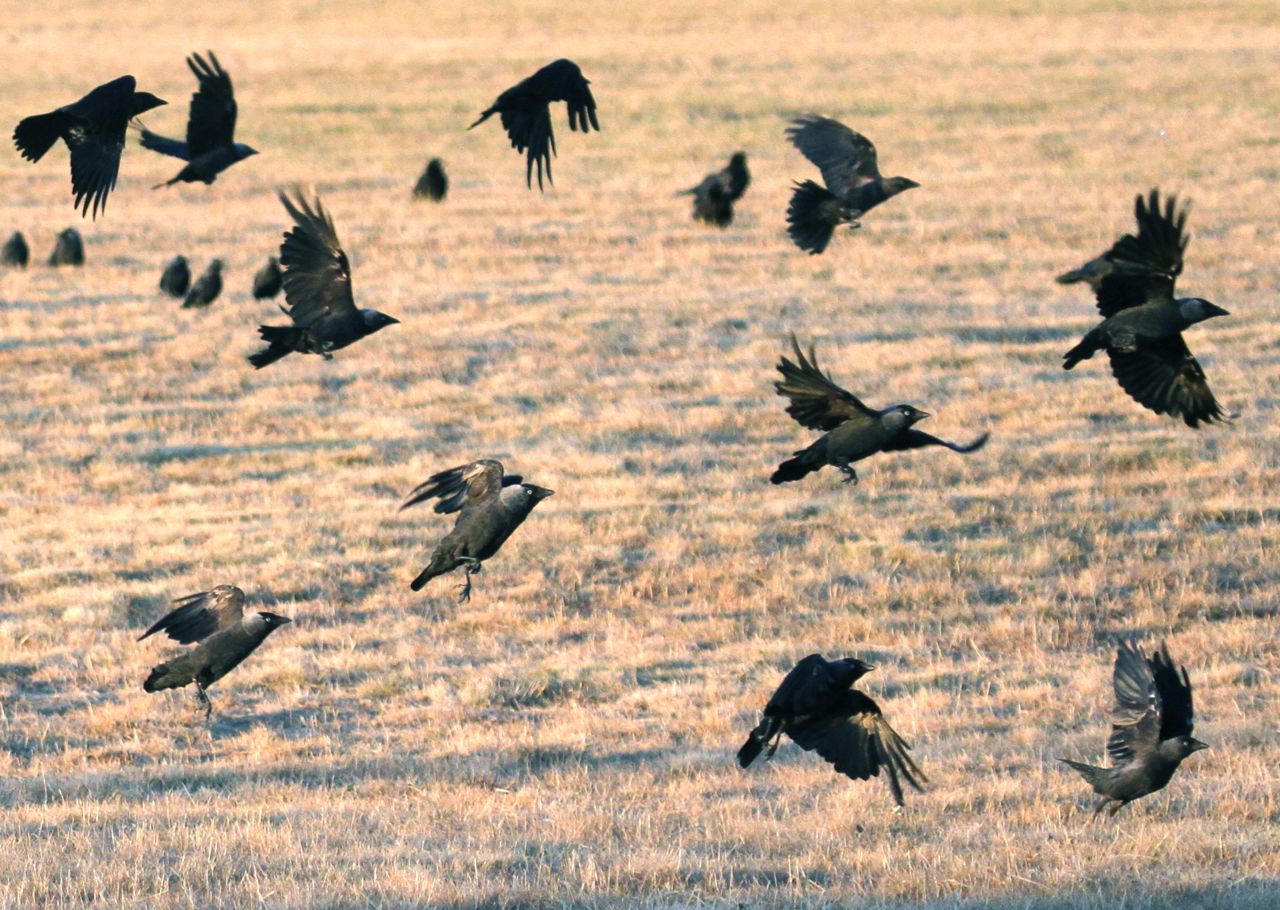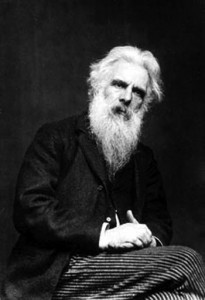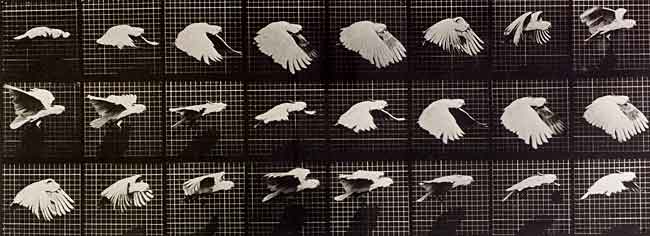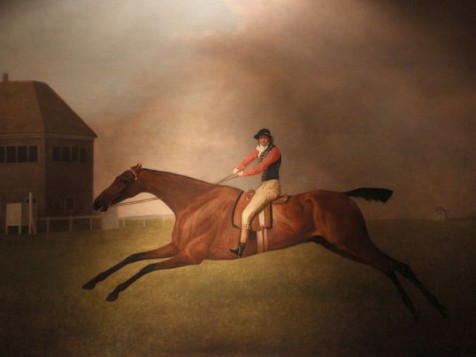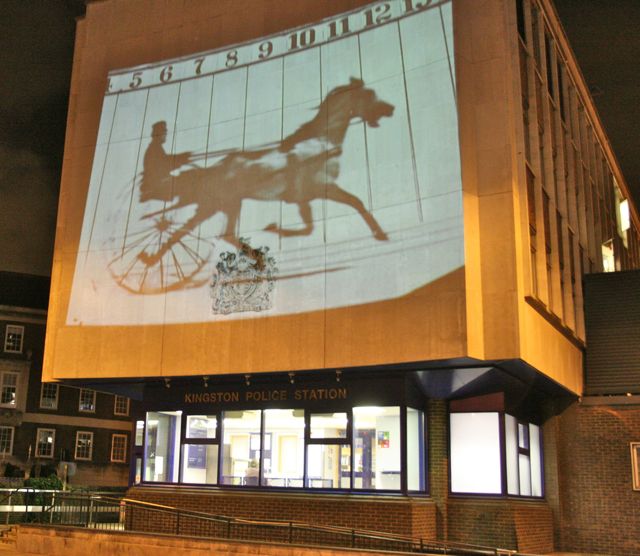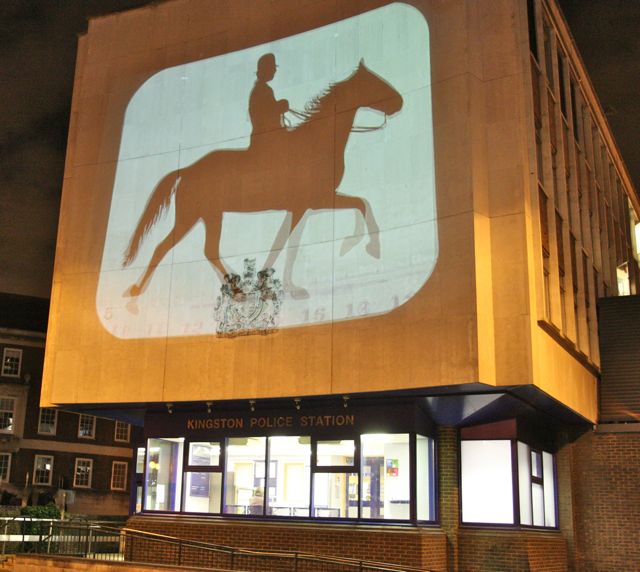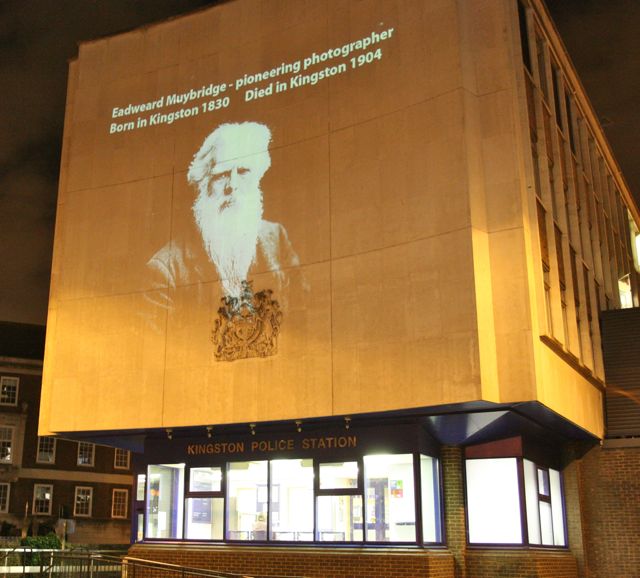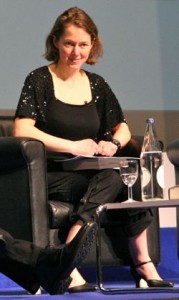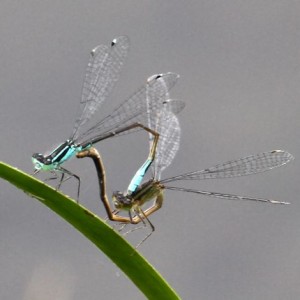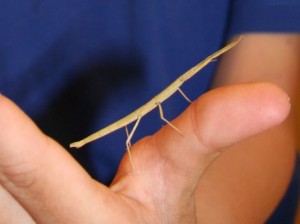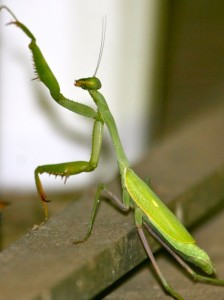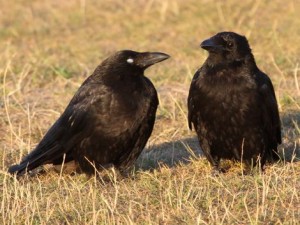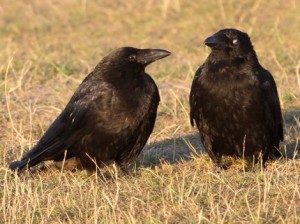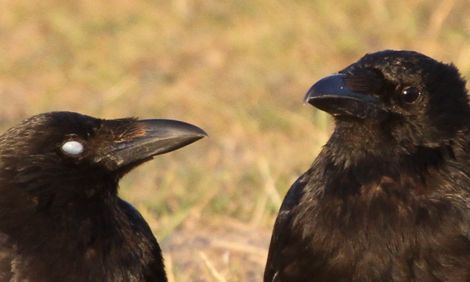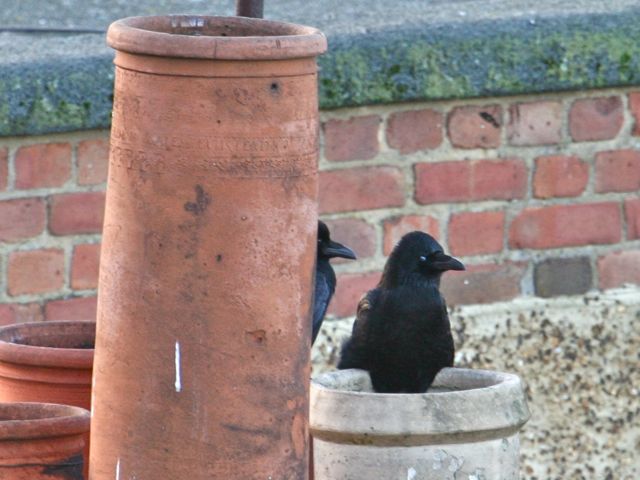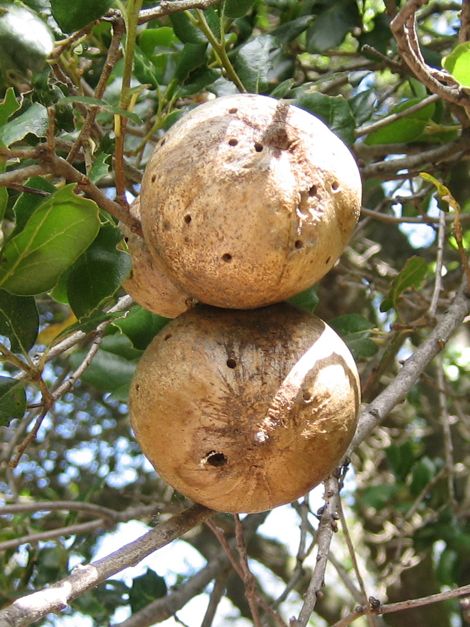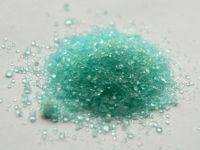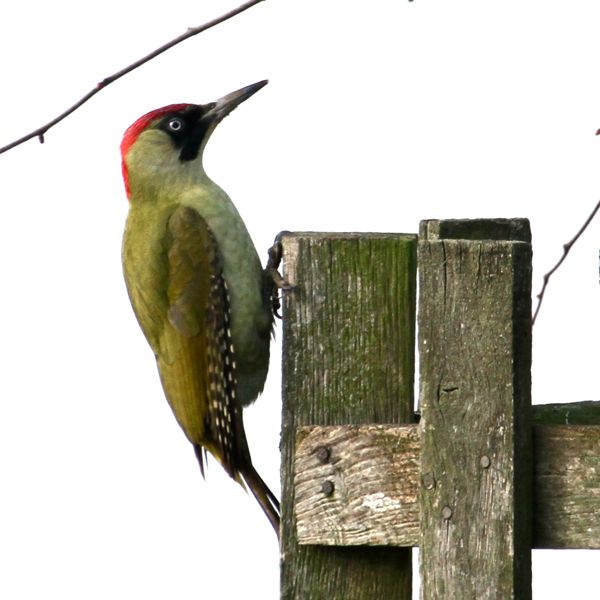
Through a combination of photography and a creeping fascination with avian behaviour and taxonomy (thanks to my wife giving me Colin Tudge’s The Secret Life of Birds for my birthday) I think I’m turning into some sort of accidental ornithologist. Point being, you can expect the occasional photo-flavoured birdy post; and today – it’s woodpeckers!
The female Eurasian Green Woodpecker (Picus viridis) above is one of the three most common woodpeckers found in the UK .
Photographically, woodpeckers are a challenge. The whole family is jumpy, taking off as a matter of principle at the sniff of a threat. So, considering I was sneaking up with no hide, I’m pleased how these turned out. Here are a few more of the male/female pair and a juvenile. You can tell the male by the red flash under his eye (click thumbnail to open slideshow):
And this male Great Spotted Woodpecker (Dendrocopos major)was snapped only a few days ago (click thumbnail to open slideshow):
Globally, there are 218 species4 in the Picidae family to which woodpeckers belong, living in every country with trees except for Australia and New Zealand.
Here are two more I snapped in California. The first set shows an Acorn Woodpecker Melanenpes formicivorus and the Ladder-backed Woodpecker Picoides scalaris (click thumbnail to open slideshow):
Here’s a video of a female Ladder-back hunting for bugs:
Acorn Woodpeckers are expert at turning trees into communal larders or caches. Pecking thousands of small pits in a single tree, they’ll place an acorn in each one – ready for harder times.
This set, again taken in California, is of a female Williamson’s Sapsucker – a member of the family specialising in eating the sap out of small wells drilled into the bark of pine trees:
Woodpeckers are a wonderful showcase for evolutionary adaptation.
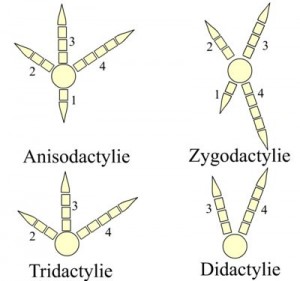
Sharp claws set on toes laid out in the zygodactylous pattern – two toes facing forward, two back – are ideal for tree climbing. (Parrots and cuckoos are set up similarly, and elsewhere in the animal kingdom – Chameleons.)
Then there’s the way they hold themselves on the tree trunk.
Like rock climbers and photographers favour three points of contact for security and stability, woodpeckers have evolved a stiff tail to brace against the tree trunk and make a sturdy triangle with their splayed legs. The Sapsucker below demonstrates nicely; you can see her two tail quills bending under the pressure.
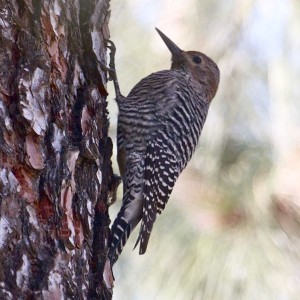
Having formed this miniaturised drilling platform, woodpeckers set-to doing their thing, which for a Ladder-backed woodpecker is banging its beak into bark and wood at up to 28 times a second, repeating the act several hundred times a day1.
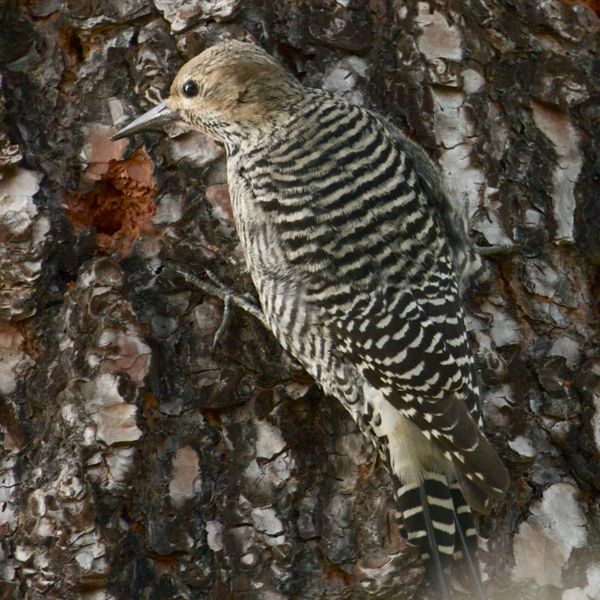
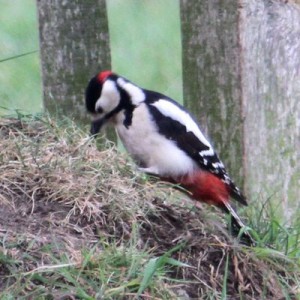
The aim is to locate and consume insects and sap from under tree bark, a task for which their long, barbed tongue is well suited. But as this Great Spotted demonstrates, the birds are not above pecking the ground if there are bugs and termites to be had.
As hole-dwellers, woodpeckers also peck to hollow out a nest – a process that can take up to a month and involve the removal of tens of thousands of wood chips4.
For me, the woodpeckers’ most impressive adaptation is the multi-element shock absorber system that’s developed in and around its skull to prevent brain damage from all that bashing.
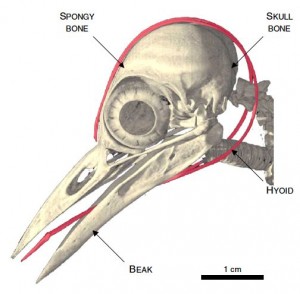
The full complexity of the system has only recently come to light. X-rays of a woodpecker’s head showed that the massive deceleration occuring at beak strike is cushioned and spread out thanks to elasticity in the beak, a spongy area of bone at the front of the skull, and a further special structure – the Hyoid – that directs pressure from the rear of the birds tongue around the back of its head1.
Well that’s a wrap on woodpeckers for the moment. Next phase is to try and catch these guys on HD video; they’re doing some great little courting dances this time of year. Reaches for camouflage gear….
References and further reading
1) A mechanical analysis of woodpecker drumming and its application to shock-absorbing systems. Sang-Hee Yoon and Sungmin Park 2011 Bioinspir. Biomim. 6 016003 IOP Publishing doi: 10.1088/1748-3182/6/1/016003
2) Digital Morphology. (Images at: http://digimorph.org/specimens/Melanerpes_aurifrons/)
3) Birds of Europe. Mullarney, Svenson, Zetterstrom, Grant. Princeton University Press, 1999. ISBN-13: 978-0-691-05053-9
4) The Secret Life of Birds. Tudge, Colin, Penguin, 2008.
5) Cornell Lab of Ornithology – All About Birds (Woodpecker page)
Also of interest?
